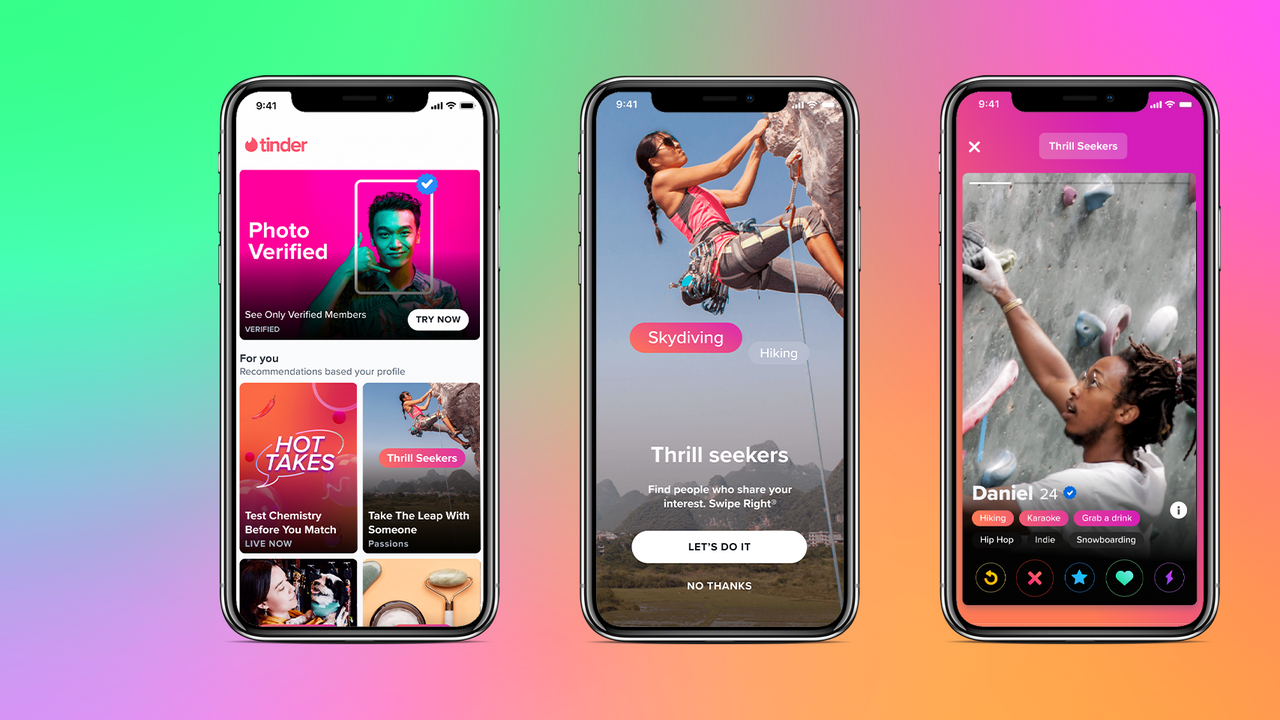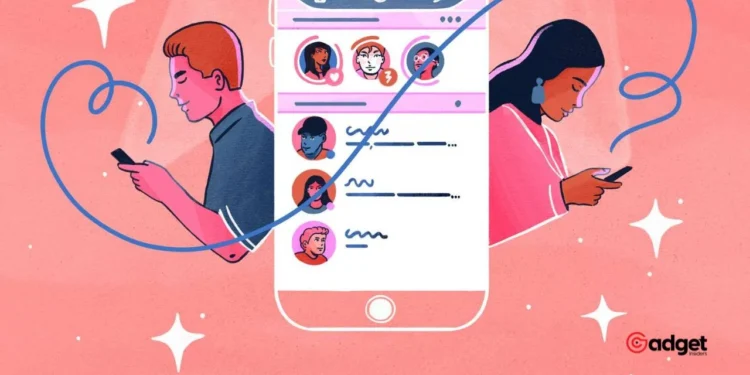In recent years, dating apps like Tinder, Bumble, and Hinge have become cornerstones of modern romance, particularly among the tech-savvy Generation Z. However, the initial enthusiasm seems to have waned for many young women who report feeling overwhelmed and unsatisfied with their experiences on these platforms. This sentiment has spurred major industry players to innovate and rebrand to better cater to their needs.

Addressing Burnout and Disparity
According to Bernard Kim, CEO of Match Group—which owns over 40 dating brands including Tinder and Hinge—the focus on women, particularly from Gen Z, is paramount. “Gen Z and women—and women’s experience in particular—is our top priority,” Kim emphasized during the company’s latest earnings call.
This declaration comes at a crucial time as data from market research firm Mintel reveals a significant gender disparity in app usage. The findings show that while 47% of men aged 18 to 34 in the UK used a dating service last year, only 25% of women in the same age group did so.
The experience for many women on these Dating Apps has been marred by unsolicited materials and even violent threats. “Trying to engage young women is the biggest struggle for dating apps,” noted Rebecca McGrath, associate director for media and technology at Mintel. This skewed engagement not only impacts women’s experiences but also creates a challenging environment for men seeking matches.
Are you one of the 79% of Gen Z users who are experiencing DATING APP BURNOUT?
With 100s of potential matches, world-class algorithms, top notch user experience on dating apps, why are Gen Z not happy?
Some interesting trends:
→ 21% of young people who are single and… pic.twitter.com/1apvrgQ8Xb— JustAnotherPM | Sid (@JustAnotherPM) May 13, 2024
Missteps and Corrections in Marketing
Bumble, known for its women-first approach, recently faced backlash over an advertising campaign perceived as insensitive to women opting out of online dating. The ads, which included slogans like “thou shalt not give up on dating and become a nun,” were meant to reengage women but instead sparked controversy and prompted a public apology from the company.
“We have heard the concerns shared about the ad’s language and understand that, rather than highlighting a current sentiment towards dating, it may have had a negative impact on some of our community,” a Bumble spokesperson stated.

Innovations and Features to Enhance User Experience
Both Match Group and Bumble are doubling down on features aimed at improving safety and user satisfaction. Tinder is exploring AI-driven tools such as photo selection features to help users better represent themselves online, thereby lowering the barriers to entry. Meanwhile, Bumble has introduced “opening moves,” a feature allowing women to add prompts to their profiles to facilitate easier conversation starts.
Furthermore, addressing safety concerns, Tinder has expanded its identity verification process, and Bumble has enhanced its algorithms for likeness comparisons in photo verifications. These technological enhancements are pivotal as more than half of the women under 50 using dating sites have reported receiving unwanted explicit materials, with a notable percentage also facing threats of physical harm.

Prioritizing Women’s Experience in Dating Apps
As these Dating Apps adjust to the demands and expectations of their users, particularly women, the path forward involves not just addressing current issues but also innovatively crafting a more engaging and safe environment. “My goal is to make sure, if you’re a woman and you show up, you see somebody you want to match with every time you’re in the dating app,” stated Faye Iosotaluno, CEO of Tinder.
The efforts by these companies highlight a crucial pivot towards prioritizing the user experience of women, hoping not only to retain them but to ensure their experiences on these platforms are positive and fulfilling. This focus is essential as the apps strive to regain the trust and enthusiasm of their once captivated audience.










